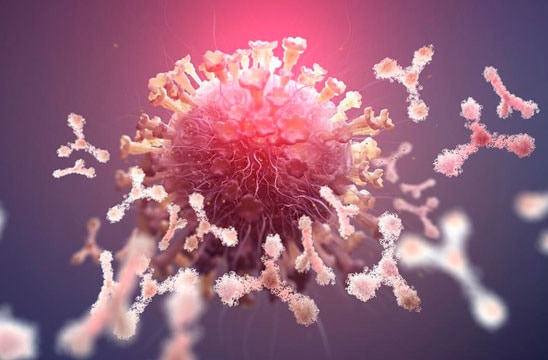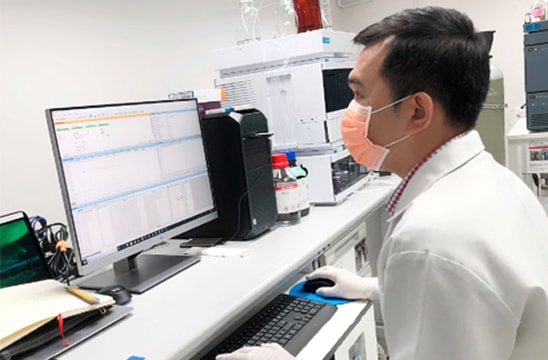
In the fight against COVID-19, knowledge is power. A better understanding of the SARS-CoV-2 coronavirus is essential for the development of treatments and vaccines. However, as viruses go, the coronavirus family is quite complex.
First identified in the 1960s, scientists using an electron microscope saw a spherical virus with a spiked surface that somewhat resembled the solar corona—and so the term "coronavirus" was coined. At around 125 nm in diameter with an RNA genome of 30,000 bases, coronaviruses are undoubtedly large and well armed.
This family of viruses has long been known to cause severe illness and death across a range of animal species, with humans only being added to the growing list with the 2003 SARS outbreak. Now, amid the SARS-CoV-2 pandemic, the lethality of these viruses has been amply proven.
With science and technology more advanced than ever before, global teams of researchers are racing to better understand the virus, develop vaccines, and design treatments at lightning speed. All three of these areas come with their own analytical challenges, so Agilent employees all over the globe are using their expertise to support research teams and help move projects forward quickly and efficiently.
Understanding SARS-CoV-2
A major cause of SARS-CoV-2 virulence is its spike glycoprotein. This glycoprotein binds to and enters target cells using the human angiotensin-converting enzyme (hACE2) receptor, and has become a hot target for vaccines, treatments, and diagnostic candidates. This spike protein is heavily glycosylated, with many believing the glycans play a key role in virulence. A comprehensive understanding of the glycoprotein, including the location and identity of individual glycans, will be critical for the development of therapeutics.

To understand the glycoprotein at all levels, scientists can use both liquid chromatography and mass spectrometry for:
- Intact spike glycoprotein analysis
- Spike glycopeptide mapping and identification
- Spike protein released glycan analysis
A team within Agilent is currently working closely with the Structural Genomics Consortium (SGC) at Oxford University to help develop robust and reliable methods to analyze SARS-CoV-2 spike protein based on these approaches. Using our expertise in separation science, glycan analysis, and mass spectrometry, the team is working to develop LC/MS-based solutions to improve scientific understanding of the spike protein and support those manufacturing the glycoprotein for further research.
View more information on glycan analysis and additional critical quality attributes.